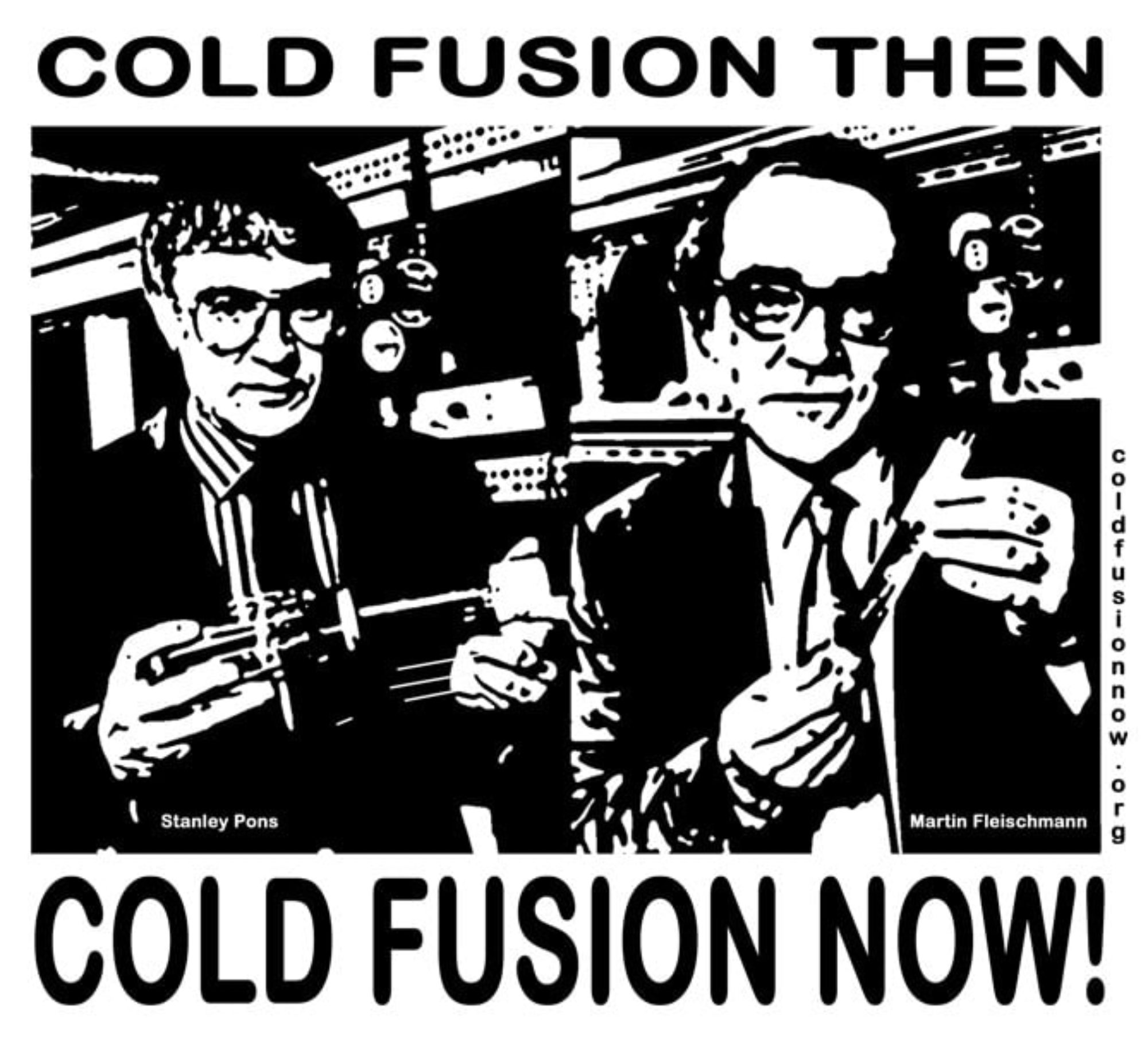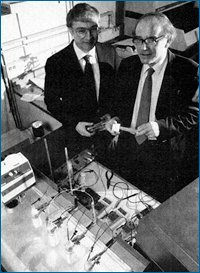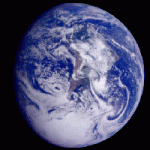Ironically, I suspect that some people reject cold fusion because it does not seem to have a down side. Fossil fuels have pollution problems, including greenhouse gases. Nuclear power (fission) has the nightmare chance of a nuclear accident and the looming problem of how to dispose of nuclear waste. Hydroelectric dams block salmon runs and affect river ecosystems. Wind turbines kill off migrating birds and bats. Everything seems to have an ecological cost, a down side, except cold fusion which promises cheap, clean energy. I suspect that some people reject the possibility of cold fusion, not because technical difficulties nor because of the problems it presents, but because it does not seem to present any problems at all.
Cold fusion seems too good to be true. Please note that I am not saying that cold fusion is too good to be true, I am just saying that people are emotionally wired to believe that our lives have a kind of balance or symmetry to them. Something good is followed by something bad, every benefit has a cost. This is the idea of fairness or justice and as a general view of the world, it serves humanity well.
In this instance though, our imagination because of adherence to this idea is failing to see what cold fusion might become. That does not present us with a failure of the idea of cold fusion; that shows us a failure of imagination and of the idea of fairness. The idea of cold fusion does not seem to have that balance or zero sum game restricting it. Of course, it probably does, but to dig it out requires much more imagination than we have now. Cold fusion seems to be only positive in its implications, and therefore, less real. Because of that I suspect that people will sometimes dismiss cold fusion, not on scientific grounds, but because their emotional wiring and their lack of imagination makes it sound too good to be true.
This emotional wiring says, for example, that, “everyone will get their just desserts,” and because we know that evil bastards sometimes live long lives and die a peaceful death, we add, “in the next life if not in this one.” It tells us, “do good things, good things happen, do bad things, bad things happen” as Earl says, following his karma. We teach our kids that hard work is rewarded, that taking the easy way out will cost more in the end. We teach that everything has a cost, and that you can’t get something for nothing. These are good lessons to learn in that they keep us to consider others as well as ourselves, they moderate our behavior.
These lessons, however, channel the imagination, restricting it to maintain the system already in place, not creating new options or a new system. They limit progress to that within the current closed system, not allowing for new revolutions. They lead to a belief that if I cannot “see” it, then there must be nothing there. These various sayings express a great emotional truth that keeps society chugging along, but that emotional truth is not always factually correct. Sometimes we need to get out of that pattern of business as usual; sometimes we need to change direction. Cold fusion does not present an opportunity of business as usual, but is a game changer in so many different ways. We cannot really imagine a world with cold fusion; it is too big for us, too many ramifications. We are just going to have to make this world so that we can see it for ourselves.
While we cannot really imagine a world with cold fusion, we do know that we need a game changer, and as much as we like believing in fairness, we do not want what we deserve. “Fairness” is something that really we only want for the other guy; mercy is what we prefer for ourselves. There would be a kind of poetic justice if we were trapped in a world of our own creation; a world of declining resources, increasing populations, desertification and increasingly extreme weather. It takes no imagination to get what we deserve; it just takes business as usual.
But maybe, with a little boldness we can get another world, a world that reflects mercy for us in addition to justice. In this world of mercy, where we do not get what deserve, but also get a hand helping us up with what we need, maybe we get to have cold fusion. But maybe cold fusion is a gift. Not everything has to be a trade-off between goods and evils as fairness and balance suggest. Instead of believing that cold fusion is too good to be true, perhaps we can imagine cold fusion as something special, which it is, for it is a gift that by nature is appropriate and needed for where we are today. We shouldn’t worry too much about why it happens, just how it happens Our attitude is that we should be thankful for it and look for the opportunity to put it to good use.






